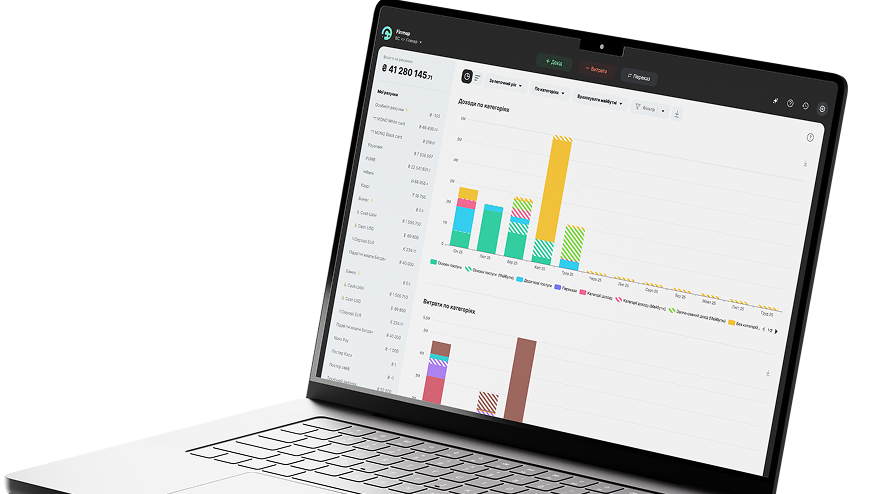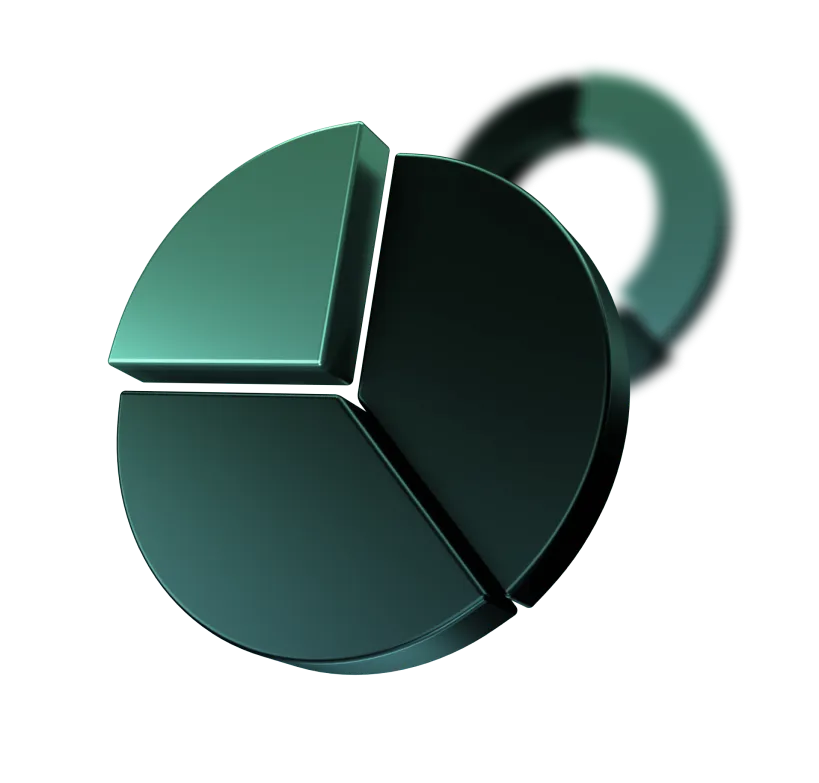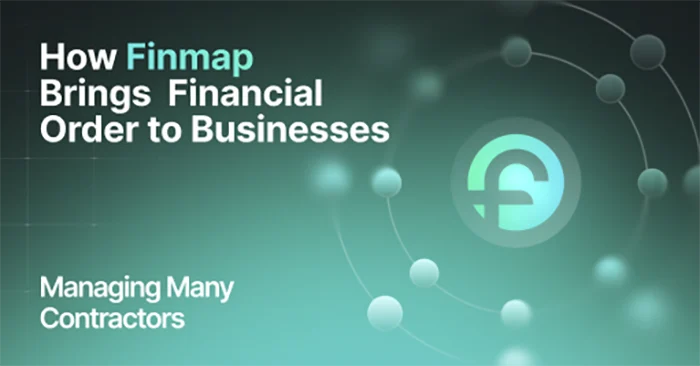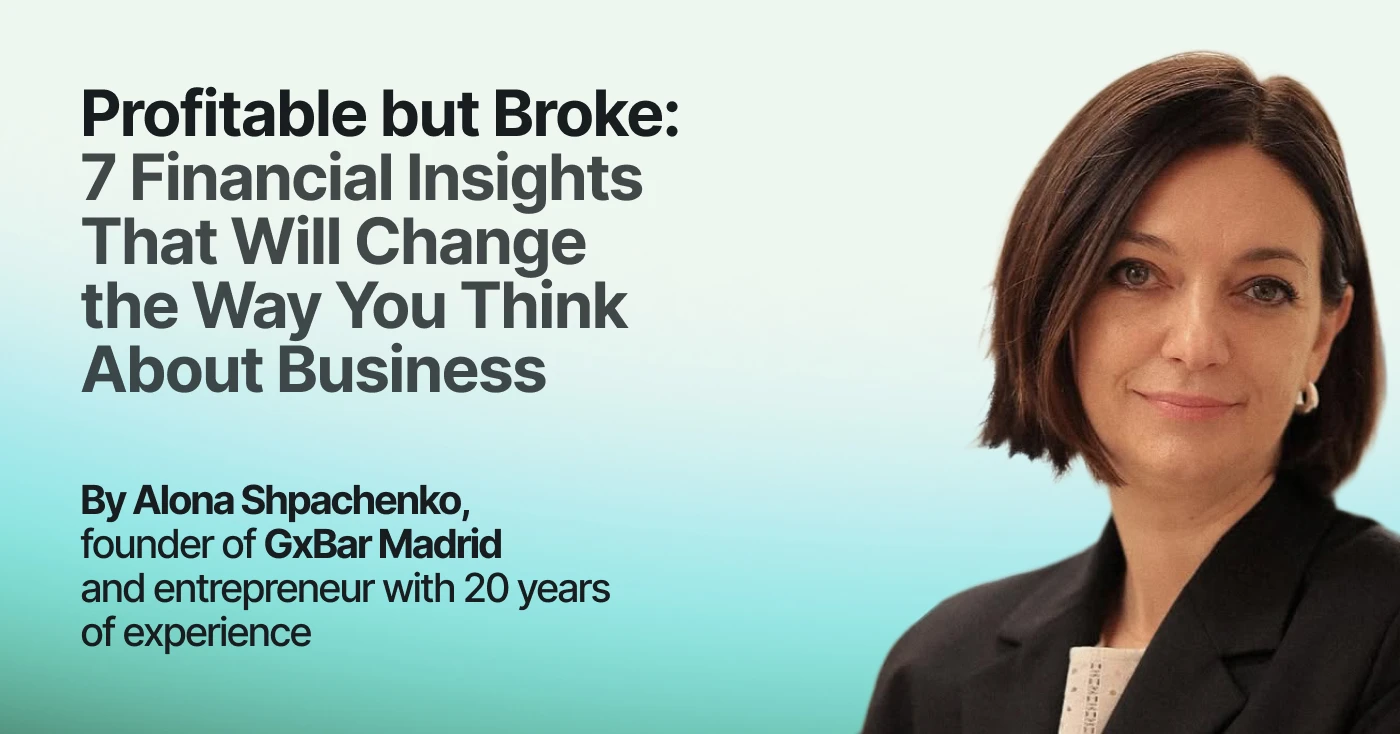One Click Instead of 4 Hours of Routine Every Day: Gold Kitchen's Financial Breakthrough with Finmap
Imagine: you run a business selling goods in several areas — wholesale, retail, online orders. Every day, dozens of payments come in from customers, transfers go out to suppliers, salaries are paid to the team, and expenses are incurred for advertising and logistics. And all this happens simultaneously.
Instead of a clear picture of your finances, you have chaotic spreadsheets and endless banking apps. Roman, owner of Gold Kitchen, a company that sells professional equipment for HoReCa, spent several hours every day manually adding up numbers to understand what was happening with his money.
I spent four hours a day just reviewing and "dragging" funds from one month to another. — Roman, owner of Gold Kitchen
This is not just a routine — it is time that could have been spent on development: launching new directions, working with clients, scaling. But instead, the business lived "on feelings":
- it was unclear which sales direction was more profitable;
- financial flows were fragmented;
- decisions were made without data, "by eye".
This was the daily reality of a company that had outgrown its small business status and required a systematic approach.
Everything changed when Roman decided to get out of this financial chaos: he connected Finmap and, together with an experienced financial expert, built a management accounting system that gave him a clear picture of all areas of the business.
In this article, you will learn:
- how Roman transformed chaotic accounting into a systematic financial model;
- how Finmap saved hours of manual work;
- what insights he gained and how it influenced his business decisions.
Read on to see how transparent finances can become a growth point for your business.

About the Client and His Business
Roman is a Ukrainian entrepreneur who develops a business in the field of goods sales. His company operates in several areas:
- retail sales;
- online orders;
- wholesale deliveries to partners.
This is not a start-up or a hobby — it is already a business with a team of employees and stable turnover. The work format is completely remote, because after 2019, the company gave up its office, and this creates additional challenges: financial control must be carried out in such a way that each participant in the process has access to up-to-date information in real time.
Features of Roman's Business
- Several sales channels — it is important to see which one brings the most profit.
- Various sources of income — bank transfers, cash, online payments.
- Many transactions every day — dozens of payments from customers and suppliers.
- Team — several employees who work remotely and need transparent processes.
Why It Matters
When a business grows, it is the speed and transparency of financial accounting that determine whether it can scale further. In Roman's case, there was no management accounting at all, and decisions about expenses and investments were made based on intuition.
I didn't know what my turnover was or which areas were profitable. I just had a rough idea of the figures. — Roman, owner of Gold Kitchen
This meant that:
- the owner did not see the real picture for each area of the business,
- he spent hours manually compiling data from various banks and Excel spreadsheets,
- could not predict cash gaps and plan payments.
Financial Problems and the Turning Point
The growth of Roman's business brought not only higher turnover but also serious financial challenges. The more customers and sales areas appeared, the more chaos arose "behind the scenes."
The problem was that there was simply no financial accounting. — Roman, owner of Gold Kitchen
Main Financial Difficulties
The Turning Point
The culmination was that the business began to grow faster than the owner could control the finances.
This point is growth, i.e., an increase in financial burden. Finances force you to turn to specialists like you. — Roman, owner of Gold Kitchen
Every day spent on manual operations was a day when the business did not move forward. It was then that Roman realized he needed a system that would collect all the data in one place, automate routine tasks, and allow him to see the financial picture of the business at any moment.
Implementing Finmap and Working With a Financial Expert
To overcome the chaos, Roman decided to take a systematic approach. He connected Finmap and invited a financial expert with over 20 years of experience working in large companies and importers. It was a turning point: instead of trying to figure things out on his own, the business received a professional approach to implementing management accounting.
The financial expert is top-notch. I am very pleasantly surprised. Knowledge is key. — Roman, owner of Gold Kitchen
How the Implementation Took Place
- Analysis of financial flows — the expert helped describe all sources of income and expenses and divide them by area.
- Finmap configuration — the system was adapted to the specifics of the business: categories were created for each area, and rules were set for automatic accounting.
- Data synchronization — integrations where possible and file imports where automation is not available.
- Training the owner and team — so that Roman could quickly analyze data and make decisions without manual reports.
Challenges and Solutions
Why It Worked
- Expertise: the financial consultant didn't just set up the system, but explained how to use it for decision-making.
- Systematic approach: Finmap became the single system for all financial data.
- Speed: instead of hours of manual work, a few clicks are enough to see the real picture.
How the Business Changed After Implementing Finmap
After implementing Finmap and setting up processes, Roman's business made a leap forward in financial transparency. Instead of chaotic tables and manual reports, there is now a single accounting system that shows the financial picture in real time.
One second is a huge time saver; you can see all your finances at any time of the day or year. — Roman, owner of Gold Kitchen
Key Results
- The time spent on financial management has been reduced tenfold — instead of 4 hours a day, a few clicks are enough.
- Complete transparency — all income and expenses are visible, broken down by category.
- Clear analytics — you can evaluate the profitability of areas and see expenses down to the penny.
- Preparation for forecasting — a customized database for planning cash gaps and payments.
- Easier decision-making — the owner no longer relies on intuition but works with data.
The most valuable thing is the experience of how to solve a particular financial or accounting problem. — Roman, owner of Gold Kitchen
Roman emphasizes that the key to implementation was not only the system, but also the consultant's expertise, which helped to correctly distribute areas, set up processes, and teach the team to work with numbers.
The Current Situation and Plans for the Future
Today, Finmap has become the main tool for financial control of Roman's business.
The owner sees the current financial picture every day and spends a minimum of time on routine tasks.
I understood more clearly how much each month cost. Everything is shown here, down to the penny. — Roman, owner of Gold Kitchen
Current Status
- The basic model is set up — all income and expenses are divided into categories.
- Business areas are separated — now you can analyze which area brings the most profit.
- Single point of truth — all finances are collected in one place.
- The team is involved — some processes have been delegated, and the owner has freed up time for strategic decisions.
Plans for the Future
- Use Finmap's features to forecast cash flow gaps.
- Optimize expenses by area to increase margins.
- Use Finmap as a basis for strategic financial decisions.
- Scale the business by opening new sales channels with already established management accounting.
Insights for Entrepreneurs
This case study is not only about software implementation, but also about changing the mindset of the business owner.
Here are the main lessons to be learned:
- Management accounting is not a luxury, but a necessity during the growth stage.
- System + expert = quick results. Professional support reduces implementation time and minimizes errors.
- Transparency brings peace of mind. When you see data in real time, you can make decisions with confidence.
- The owner's time is the main resource. Automation frees up hours that can be invested in development.
Before, there was accounting that worked more for the state. After, there was management accounting that works for the company. — Roman, owner of Gold Kitchen
Roman's story: Chaos in finances is not a death sentence. It is a signal that the business has grown to a new level and needs systematization.
Finmap helped:
- bring all financial flows together in one place,
- free up time from manual work,
- see the big picture in each area,
- prepare the ground for scaling and strategic decisions.
Now we have more than just accounting for reports; we have management accounting that shows the real picture of the business. — Roman, owner of Gold Kitchen
Ready to get your finances in order? It's time to stop running your business based on gut feelings. Try Finmap for free and see how transparent finances can become a growth point for your business.
Frequently Asked Questions
1. Can I use Finmap on my own?
Yes, but the Gold Kitchen case study shows that working with a financial expert significantly speeds up the process. An expert helps you set up categories, divide business areas, and teach your team to work with data without errors.
2. What if the bank or service is not integrated?
Finmap supports file import. In the case of Gold Kitchen, this is how NovaPay was connected and accounting for Monobank accounts was set up. This allows you to see all transactions in one place even without direct integration.
3. How long does implementation take?
On average, a few weeks. It all depends on the number of accounts, business areas, and sources of income. After the initial setup, you can see the financial picture and save time on manual reporting.
4. Do I need to spend time updating the system?
Yes, Finmap, like any CRM, requires attention: you need to update data and control categories. But the benefits are enormous: the owner gets a complete picture of their finances in seconds, instead of spending hours on manual reporting.




.webp)

